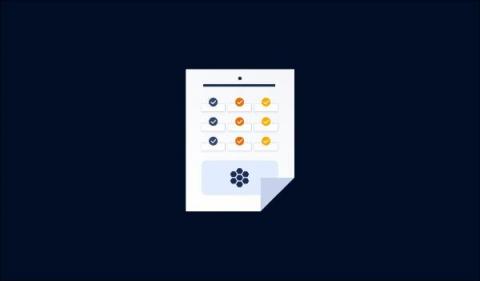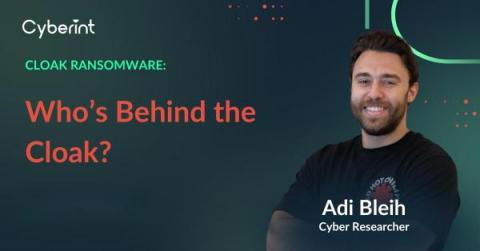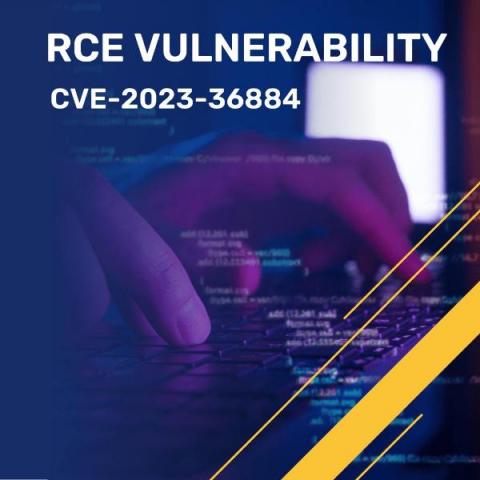Security | Threat Detection | Cyberattacks | DevSecOps | Compliance
July 2023
Trust Talks with Earl Duby, CISO at Auxiom
Security Requires Speed
For as long as anyone can remember, organizations have had to balance 4 key areas when it comes to technology: security efficacy, cost, complexity, and user experience. The emergence of SASE and SSE brings new hope to be able to deliver fully in each of these areas, eliminating compromise; but not all architectures are truly up to the task. SASE represents the convergence of networking and security, with SSE being a stepping-stone to a complete single-vendor platform.
Top AWS WAF Alternatives in 2023
Introducing Tines professional services
We’ve piloted our professional services program for nearly 12 months and are delighted to introduce it to the world. While Tines is a highly intuitive product and most customers realize value extremely quickly, there are times when extra support is useful. Our professional services are aimed at supporting you in your business goals and getting the most value from Tines.
The Techniques that Attackers Use and Best Practices for Defending Your Organization
Even if you have implemented a Zero Trust security paradigm for network and infrastructure security, you need to plan for the inevitable — at some point, an attacker will get into your network with the intent to deploy ransomware or cause other damage A typical attack goes something like this: There is a misconception that lateral movement threats are limited to on-prem networks.
Using GitGuardian Honeytoken [cheat sheet included]
Our cheat sheet makes it easy for anyone to master the use of GitGuardian Honeytoken quickly so you keep on top of code leaks and manage intrusion detection.
Red team exercises against social engineering attacks
How can you take a proactive approach to your organization’s cybersecurity strategy? Scoping the threat landscape and having a solid incident response plan is a good start. But you also need to continuously seek out vulnerabilities and weaknesses to remediate or mitigate. These vulnerabilities and weaknesses aren’t just limited to systems and processes – the human factor plays a prominent part in many cybersecurity breaches.
Cloak Ransomware: Who's Behind the Cloak?
RCE vulnerability CVE-2023-36884
Securing Voice Authentication in the Deepfake Era
Researchers uncover surprising method to hack the guardrails of LLMs
Researchers from Carnegie Mellon University and the Center for A.I. Safety have discovered a new prompt injection method to override the guardrails of large language models (LLMs). These guardrails are safety measures designed to prevent AI from generating harmful content. This discovery poses a significant risk to the deployment of LLMs in public-facing applications, as it could potentially allow these models to be used for malicious purposes.













